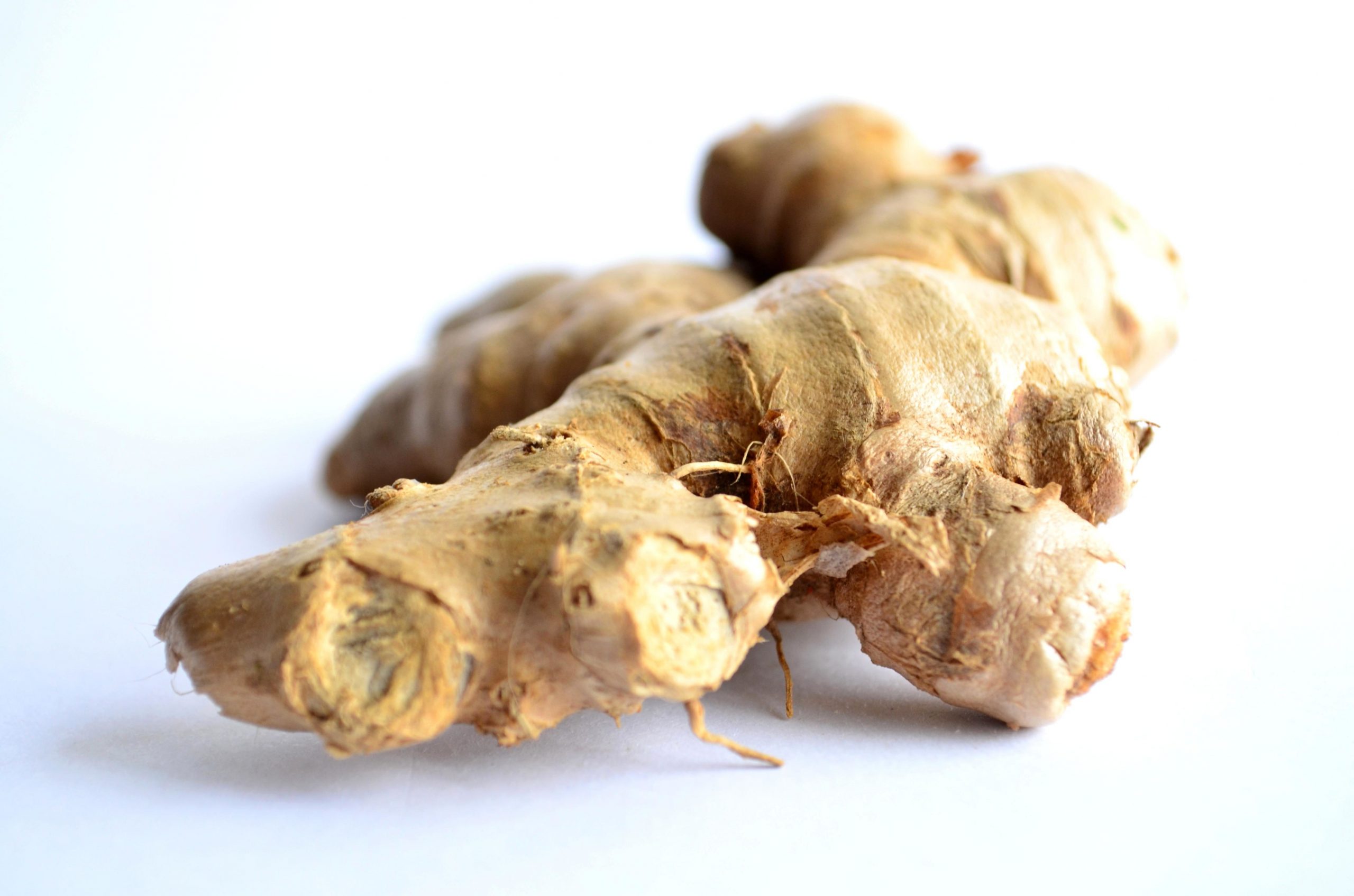
1. Introduction: Migraines can be debilitating, affecting the quality of life for many. Traditional treatments might not always be effective, leading individuals to seek alternative solutions. One such treatment that has gained traction in recent years is Botox. This article delves into the use of Botox for migraines, its effectiveness, and potential side effects.
2. How Does Botox Work for Migraines?: Botox, scientifically known as onabotulinumtoxinA, is not just for cosmetic purposes. When injected in specific sites, it can prevent the onset of migraines. Botox works by blocking the transmission of certain nerve signals, which can reduce the frequency and severity of migraine attacks.
3. Botox Injection Sites for Migraines: The treatment involves a series of small injections targeting specific muscles in the face, head, and neck. These sites are carefully chosen based on the patient’s symptoms and the areas where they experience the most pain. The exact number and location of injections can vary, but they are typically administered once every three months.
4. Benefits of Botox for Migraines:
- Reduction in Frequency: Many patients report a significant decrease in the number of migraine episodes after undergoing Botox treatment.
- Decreased Severity: Not only can Botox reduce the number of migraines, but it can also lessen their intensity, making them more manageable.
- Alternative to Medications: For those who haven’t found relief with traditional oral medications, Botox offers an alternative treatment option.
5. Potential Side Effects: While Botox has proven beneficial for many migraine sufferers, it’s essential to be aware of potential side effects. Some common side effects include neck pain, muscle weakness, and bruising at the injection site. It’s crucial to consult with a healthcare provider to understand all potential risks and benefits.
6. Botox for Other Types of Headaches: Apart from migraines, Botox has also shown promise in treating other types of headaches, such as tension headaches. The mechanism is similar, with Botox targeting specific muscles to reduce tension and pain.
7. Cost and Insurance Coverage: The cost of Botox treatment for migraines can vary based on location, the number of injections needed, and the healthcare provider. Many insurance providers cover Botox for migraines, especially when it’s prescribed for medical reasons. However, it’s advisable to check with your insurance provider for specifics on coverage and associated costs.
8. Expert Opinions and Reviews: Many healthcare professionals have endorsed Botox as an effective treatment for chronic migraines. Patient testimonials also highlight the significant relief they’ve experienced post-treatment.
9. Conclusion: Botox for migraines offers a promising solution for those seeking relief from chronic and debilitating headaches. As with any medical treatment, it’s essential to consult with a healthcare professional to determine if Botox is the right option for you.
FAQs:
- How often do I need to get Botox injections for migraines? Typically, Botox treatments for migraines are administered once every three months. However, the frequency can vary based on individual needs and the severity of symptoms.
- Is Botox treatment painful? The injections involve small needles, and while some discomfort is expected, most patients find the procedure tolerable. Some clinics might offer numbing creams or other methods to reduce any pain.
- Can Botox help with other types of headaches? Yes, apart from migraines, Botox has shown effectiveness in treating tension headaches and other chronic headache conditions.
- Are there any long-term side effects of using Botox for migraines? Most side effects associated with Botox are temporary. However, it’s essential to discuss any concerns with your healthcare provider to understand potential long-term effects.
Blog Tags: Botox for Migraines, Chronic Headaches, Migraine Treatment, Botox Injections, Alternative Migraine Solutions, Tension Headaches, Botox Benefits, Botox Side Effects, Migraine Relief, Neuromodulating Drugs.










